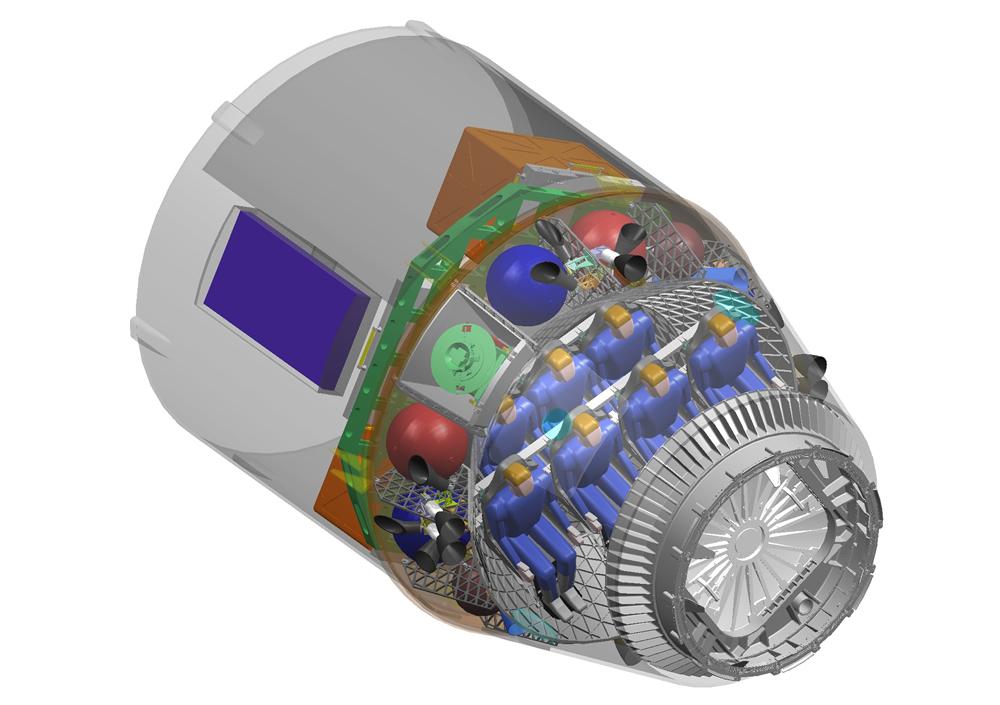SpaceX, an American space transport company founded by Elon Musk (think PayPal and Tesla Motors), has become the first commercial company in history to re-enter a spacecraft from low-Earth orbit. The craft, a fully functioning uncrewed Dragon capsule was launched on a Falcon 9 rocket from Cape Canaveral Air Force Station on December 8 and parachuted back to Earth around three hours later following maneuvers in orbit.
The test flight saw the Falcon 9, a 180-foot (55 m) tall, nine-engine, medium-lift booster whose two stages are designed for reuse, carry the Dragon into orbit where it worked through its maneuvers before firing its braking rockets to begin re-entry. Like the Apollo spacecraft, the Dragon was protected during re-entry by an ablative heat shield before deploying its parachutes and splashing down in the Pacific Ocean off the coast of California.
"This has really been better than I expected," said Musk after the successful mission. "It's actually almost too good."

The test flight, which was the second overall flight for the Falcon 9 vehicle, was the first under NASA’s Commercial Orbital Transportation Services (COTS) program, which aims to coordinate the delivery of crew and cargo to the International Space Station (ISS) by private companies.
SpaceX is the first commercial company granted a license by the Federal Aviation Administration (FAA) to re-enter a spacecraft from orbit and Dragon is the first new American human capable spacecraft to travel to orbit and back since the introduction of the Space Shuttle three decades ago.
Prior to the launch, NASA Administrator Charles Bolden said, “While rocket launches from the Cape are considered a common occurrence, the historic significance of today's achievement by SpaceX should not be lost.”
“This is the first in a new generation of commercial launch systems that will help provide vital support to the International Space Station and may one day carry astronauts into orbit. This successful demonstration flight is an important milestone in meeting the objectives outlined by President Obama and Congress, and shows how government and industry can leverage expertise and resources to foster a new and vibrant space economy,” Bolden added.

Although the test flight was initially to have taken place on December 7, the discovery of cracks in the engine nozzle of the Falcon 9’s second stage caused it to be postponed until Space X could complete repairs.
While NASA says the Dragon could one day carry astronauts to the ISS, with the space shuttle fleet to enter retirement next year, the transport of equipment and supplies to the station is the first priority for the craft. The success of the mission means the Dragon spacecraft could be delivering cargo to the ISS as early as next year.











